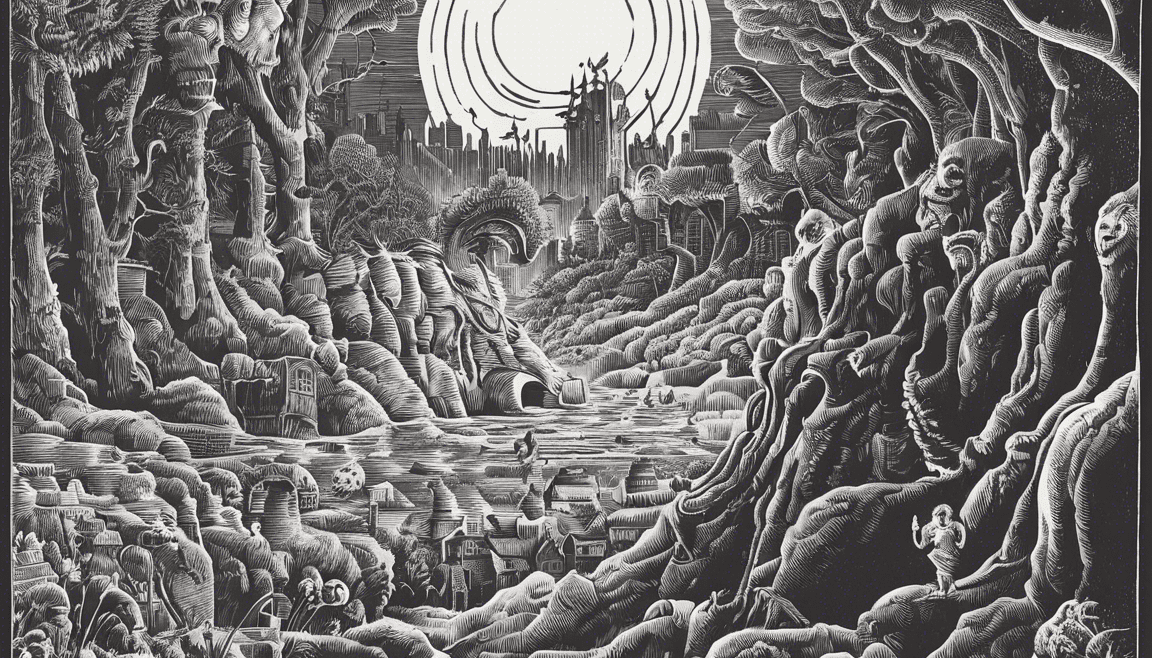Introduction
One of the most intriguing physical reactions our body can have is experiencing goosebumps. In Hindi, goosebumps are referred to as “रोमांच” (Romanch). Although this physical response might seem ordinary and insignificant, it actually carries various meanings and can be triggered by a wide range of emotions or stimuli. Understanding the meaning of goosebumps in Hindi involves delving into the biological, psychological, and cultural aspects associated with this phenomenon.
Biological Perspective
Goosebumps are caused by the contraction of small muscles at the base of hair follicles, known as arrector pili muscles. These muscles contract in response to various stimuli, such as cold temperatures, strong emotions, or a sense of awe or excitement. In Hindi, the term for these muscles is “रोम की गांठें” (Rom ki ganthein). When these muscles contract, they cause the hair on our skin to stand up, creating the appearance of small bumps.
From a biological perspective, goosebumps are a vestigial reflex that dates back to our evolutionary ancestors. In animals, this response is triggered by fear or to make themselves appear larger when facing a threat. In humans, however, the significance and triggers of goosebumps have evolved to include a wide range of emotional responses beyond fear.
Psychological Aspects
Goosebumps are often associated with strong emotional reactions, such as awe, excitement, fear, or nostalgia. In Hindi, the term for goosebumps in response to emotional stimuli is “भावनात्मक रोमांच” (Bhavnaatmak Romanch). This type of response can be triggered by listening to music, watching a moving scene in a movie, or experiencing a sense of profound connection or inspiration.
Psychologically, experiencing goosebumps can be seen as a form of psychophysiological response, where our emotions and physical sensations are intertwined. It is believed that certain individuals may be more prone to experiencing goosebumps in response to emotional stimuli, indicating a heightened sensitivity to their inner feelings and external environment.
Cultural Significance
In many cultures, including Indian culture, goosebumps are often associated with spiritual or metaphysical experiences. In Hindi, goosebumps can be described as “धर्मिक अनुभव” (Dharmik Anubhav) or “अद्भुत अनुभव” (Adbhut Anubhav), highlighting the connection between this physical response and deeper, transcendent experiences.
For example, in Hindu philosophy, experiencing goosebumps during prayer, meditation, or while listening to devotional songs is seen as a sign of spiritual presence or divine energy. It is believed that goosebumps can be a manifestation of the soul’s recognition of higher truths or states of consciousness beyond the physical realm.
FAQs – Frequently Asked Questions
- What causes goosebumps in Hindi?
-
Goosebumps in Hindi are mainly caused by the contraction of arrector pili muscles in response to various stimuli, such as cold, strong emotions, or a sense of awe.
-
Can goosebumps be triggered by music in Hindi?
-
Yes, listening to music that evokes strong emotions or nostalgia can often trigger goosebumps in Hindi, known as “संगीत से रोमांच” (Sangeet se Romanch).
-
Are goosebumps considered a spiritual experience in Hindi culture?
-
Yes, goosebumps hold spiritual significance in Hindi culture, especially when experiencing them during prayers, meditation, or moments of divine connection.
-
Is there a connection between goosebumps and intuition in Hindi beliefs?
-
In some beliefs, goosebumps are considered a sign of heightened intuition or inner guidance, suggesting a deeper connection to one’s spiritual or intuitive self.
-
How can one enhance the experience of goosebumps in Hindi music or art?
-
To enhance the experience of goosebumps, one can focus on engaging with music, art, or literature that resonates deeply with their emotions or evokes a sense of wonder and transcendence.
-
Are there any health implications associated with frequent episodes of goosebumps in Hindi context?
-
While occasional goosebumps are normal, frequent episodes without apparent triggers may warrant medical attention to rule out underlying conditions such as anxiety disorders or hormonal imbalances.
-
Do different cultures interpret goosebumps differently in Hindi-speaking regions?
-
Yes, the interpretation of goosebumps can vary across cultures, with some viewing them as a sign of spiritual presence, while others may see them as purely biological responses to stimuli.
-
Can meditation practices in Hindi culture induce goosebumps intentionally?
-
Through deep meditation practices, some individuals in Hindi culture may be able to induce sensations resembling goosebumps as a result of heightened awareness and focus on subtle energy centers.
-
Are there any ancient texts or scriptures in Hindi that mention goosebumps in a spiritual context?
-
Some ancient texts and scriptures in Hindi, such as the Vedas or Upanishads, make references to bodily sensations like goosebumps as indicators of spiritual awakenings or divine experiences.
-
How can one differentiate between goosebumps caused by fear and those triggered by emotional stimuli in Hindi culture?
- Goosebumps caused by fear are often accompanied by a sense of coldness or dread, while those triggered by emotional stimuli in Hindi culture are more likely to be associated with feelings of warmth, inspiration, or connectivity.

